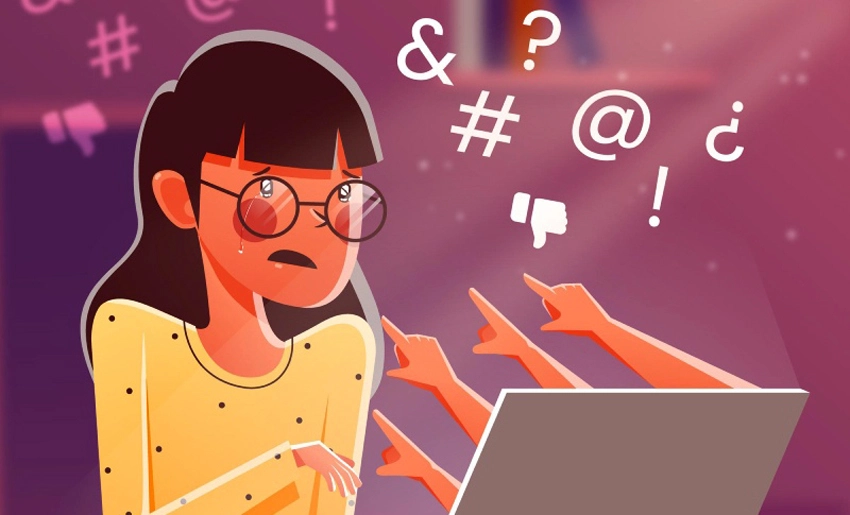Bullying and cyberbullying, two terms that resonate strongly in society. Represent a palpable threat to the well-being and development of children, adolescents, and young people. While they share the same root cause of aggression and harassment. They manifest themselves differently, requiring specific prevention and response strategies.
Bullying traditionally refers to physical, verbal, or psychological harassment that occurs repeatedly among students within the school environment. It is characterized by an imbalance of power, where the victim is in a vulnerable position compared to the aggressor or aggressors.
Cyberbullying, on the other hand, transcends the classroom walls and extends into the digital world. Through social media, text messages, emails, or any other online platform. The bully harasses, humiliates, defames, or threatens the victim. The virtual nature of cyberbullying gives it an even more perverse dimension: anonymity. The instant virality of content, and the difficulty in escaping the reach of the attacks.
Prevention is the cornerstone of the fight against bullying and cyberbullying. It requires a comprehensive approach that involves all stakeholders in the educational and family community. For example, educational programs for students, teachers, and parents that promote empathy, respect, tolerance, and the identification of bullying situations.
Establish clear rules in the school and family environment regarding acceptable and unacceptable behavior. With defined and consistently enforced consequences for bullies. This includes education on online safety, privacy management, and digital responsibility, as well as the identification and reporting of cyberbullying cases.
Creating a climate of trust where victims feel safe to report bullying without fear of retaliation is also important. The emotional impact of bullying and cyberbullying can be devastating for the victim, generating anxiety, depression, low self-esteem, social isolation, and even suicidal behavior. Therefore, emotional support is essential to help the victim overcome the traumatic experience and rebuild their lives.
Ultimately, the fight against these two clear attacks is a collective responsibility. It requires a firm commitment from society as a whole to create safe and protective environments for children, adolescents, and young people where they can grow and develop fully, free from harassment and violence. We cannot allow silence to be complicit in aggression.
By: Indira Vania López Samé
- Acinox in Holguin Expands Product Sales - 28 de November de 2025
- The University of Medical Sciences Receive an Excellence Accreditation - 28 de November de 2025
- A Happy and Fulfilled Woman in the Laboratory - 28 de November de 2025

